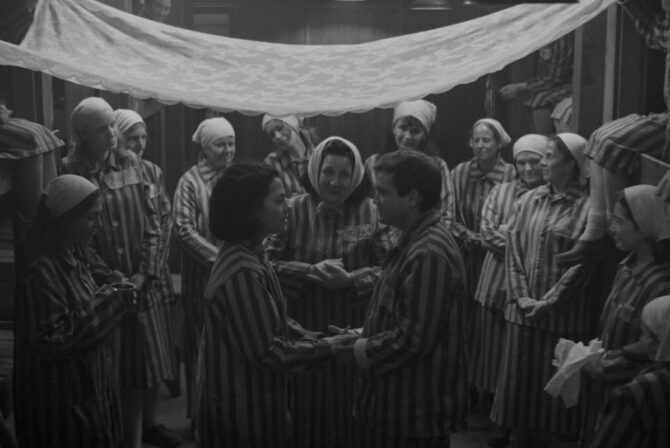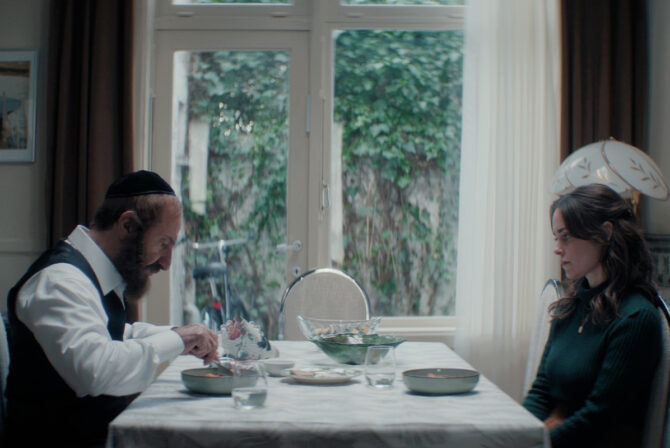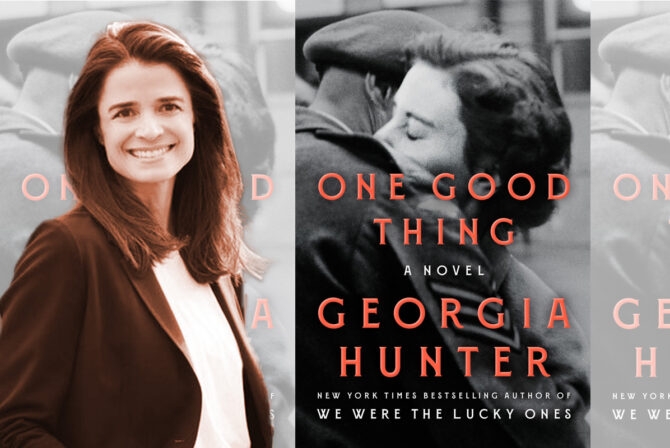When I explain Purim to those less familiar with the holiday, I tell them it’s kind of like Jewish Halloween. Not so much because of the history and story behind each (Purim has no ghosts), but related to the joyful spirit, costumes, food, and fun.
Full disclosure: My neighborhood doesn’t celebrate Halloween in the way other areas decorate with cobwebs, spiders, and screaming doormats. In my little suburban neighborhood nestled in Silver Spring, Maryland, the population is predominately Orthodox. I might be a bit of an outsider with my cultural Jewish upbringing and unaffiliated interfaith family, but luckily our ‘hood’ doesn’t check your synagogue membership at all. The arms of the community are always open, especially this month.
In our community, we celebrate Purim in our neighborhood with hundreds of kids running from house to house. Bedazzled with costumes of Batman and Mordechai, they load in and out of cars, dropping off and picking up mischloach manot. We have a large street in the neighborhood that closes off to have a “Purim on Fulham” festival, which is all driven by the folks who live on that long block.
The celebration doesn’t stop there. There are also countless carnivals and events held nearby. My kids love assembling the mishloach manot, handing them out to a neighborhood in a candied frenzy state. My husband, the engineer, marvels at the endless creative themes of the mishloach manot, ranging from international food themes to play on words baskets, along with LEGO groggers and gourmet hamentaschen. The excitement mounts in my house as my children stuff the paper bags and draw on the outside of the sacks—and it’s only matched by the myriad of moon bounces that pop up on street corners.
For us, it’s a fun day. The fact that we don’t do the more observant part of the holiday—like attend a megillah reading or fast beforehand—is inconsequential. People welcome us regardless, but like any neighborhood, it’s a two way street in respect. We are careful to make sure the mishloach manot include the diverse food items needed for differing blessings, and that everything has clear kosher labels. Purim is a joyful holiday. Our joy is increased by bringing Kosher wine to the meals we are invited to and by our friends translating the blessings into English for us.
In addition to Purim, while my husband and I often work on these holidays that are deemed of the utmost significance in Judaism, our Orthodox friends don’t judge us or make us feel wrong. There is such a deeply rooted understanding that we all celebrate our Judaism and other holidays in our own respective ways.
Purim by nature is an interfaith holiday: Esther saves the Jewish people by teaching tolerance to Ahashverosh to save her people and have them co-exist in Shushan together. I feel that same spirit of inclusion daily in our neighborhood.
In a conventional neighborhood, people are united simply by geography. Literally, of course, we share a zip code, garbage day pick-up schedule, a post office, and the same unfortunate power grid in winter storms. But a neighborhood can be so much more than a regional district. It’s a shared identity. In a close-knit community, people are united by common goals, collective activities, and group events that give the residents a sense of true belonging. Nowhere was this more apparent than in the countless instances witnessed over the past years and the holiday season. My neighbors have opened their homes, hearts, and kitchens to us during the holidays, and for Shabbat meals.
When someone has a sick family member, the neighborhood provides food. Neighborhood Facebook pages exist for toy and costume swaps as well as: “I just need one thing from Costco” which comes in handy more times than you can count. One such helpful example was when I needed to bring my older son to the emergency room when my husband was out of town for business. I posted a message and within minutes, friends showed up to babysit.
I recently heard a community described as a circle to which you feel you belong. If you’re away, that circle will miss your presence; it reaches out to you when you’re absent, and you long for it when you’re not there.
We are happy to celebrate another Purim here. Our minivan will brim with hamantaschen and smiles. As we drive up the streets sharing in the festivities, we celebrate in our own way, and our neighbors in another. And I know that just as we get pumped up to celebrate Purim, our friends and neighbors will be excited to see my interfaith family’s Easter egg hunt just a few weeks after we put away the groggers and masks. Because that’s how we, as a community, roll.
Read More:
My Daughter Is Learning To Say No, With Help From The Purim Story
This Purim, Let’s Ditch The Costumes And Masks
How My Toddler Helped Me Get Over Our Hamantaschen Failure







